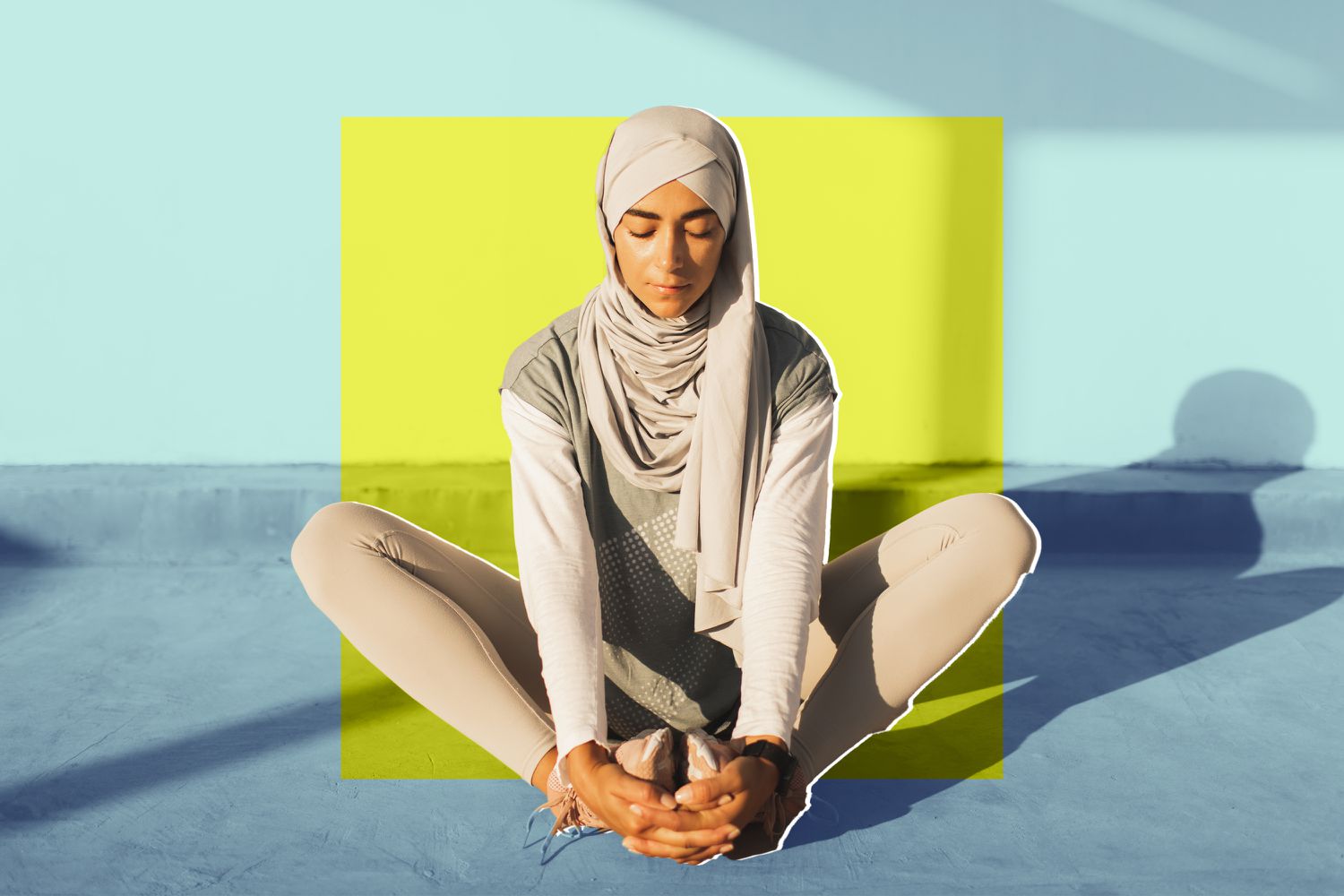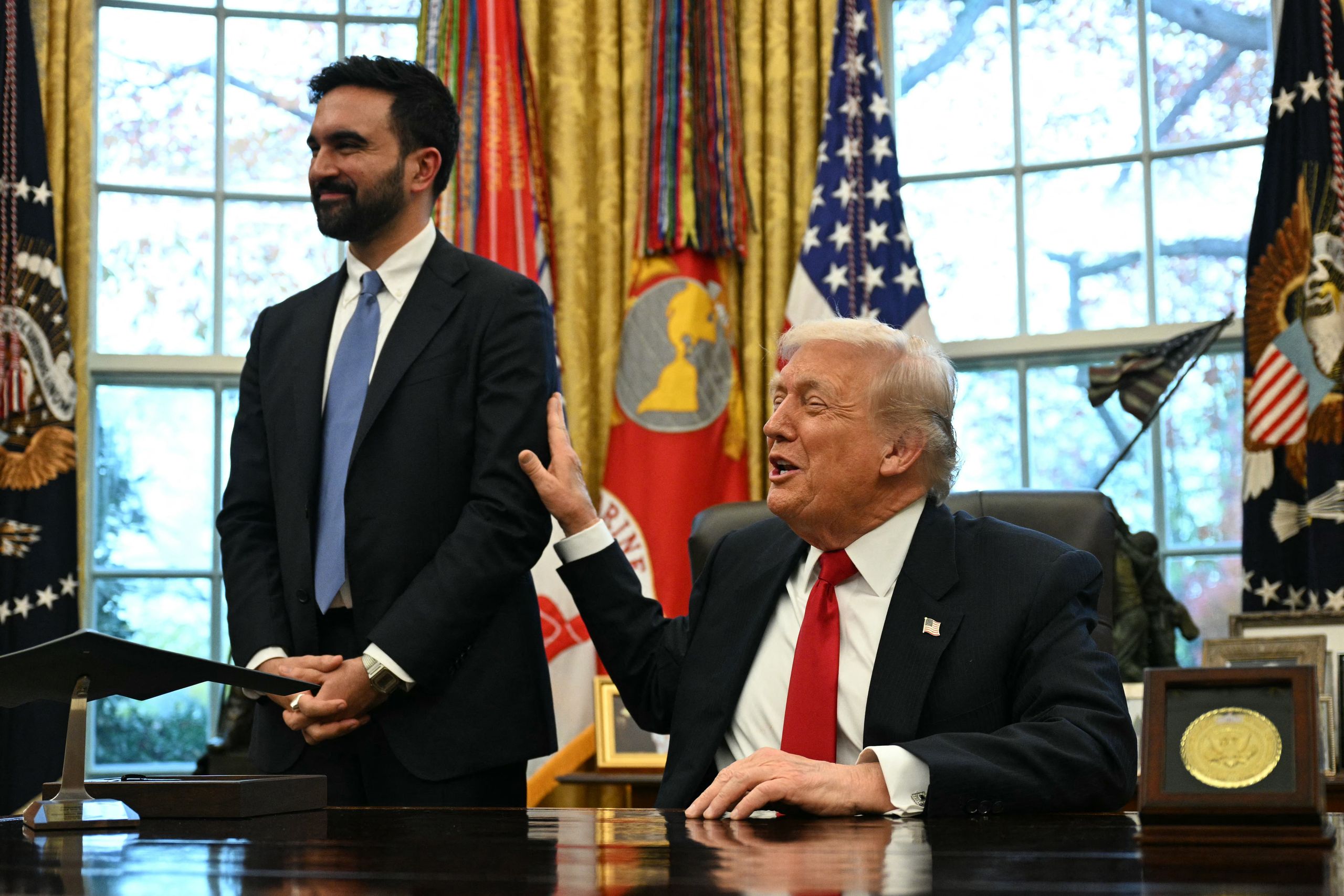Decoding Yoga Language: A Comprehensive Guide to Yoga Terminology

Whether you’re a seasoned yogi or a beginner who has recently fallen in love with the practice, the yoga terms that are thrown out throughout class can be quite confusing if you’re not familiar with them. Understanding the “language” yogis speak can help you relax more as you practice, get outside of your head and into your body work, and truly tune out the rest of the world because you have a better idea of what move is coming next.
If you want to brush up on your yoga terminology or want to learn as much as you can before your next class, this is your one-stop-shop for learning 25 of the most used yoga terms that your teacher will definitely bring up in practice.
Asana means “posture,” or “seat” in Sanskrit. It’s pronounced ah-suh-nuh. In yoga, it refers to either a sitting meditation or a pose. If you’re practicing hatha yoga (a slower-paced yoga practice that involves more stretching and keeping a certain pose for longer), asana refers to each different movement completed during a class, so it is more of a concept than a particular pose.
This is a combination of two Sanskirt words: prana, meaning life energy, and yama, meaning control. It’s pronounced praa-nuh-yaa-muh. Pranayama refers to the breathing exercises in yoga that match a movement. It’s essentially the practice of breath regulation. Your instructor will teach you how to do this in a class, or at the very least, instruct you when to breathe out vs. breathe in during certain movements and pose changes.
If you’ve taken a yoga course, you’ve likely heard this word within the first few classes you took. Savasana is another combination of two words in Sanskirt: sava, meaning corpse, and asana meaning pose. This pose is done by laying down very still with arms and legs outstretched comfortably. It’s pronounced shah-vah-sah-nah. This pose is typically done at the end of a yoga session for relaxation.
Sun Salutation refers to a series of linked yoga poses performed in a sequence to warm up the body. You will typically conduct sun salutations at the beginning of class, in the middle to connect two different movements, and even at the end to cool down. To do this flow, begin in mountain pose by standing tall at the front of your mat with your feet together. Then bring your hands up overhead to lift your ribs up towards the sky as you inhale. Exhale into a forward fold with your knees slightly bent, inhale to come up halfway with your head up towards the sky. On your next exhale, shoot both feet back into a plank pose. Continue your exhale until you lower your plank to the ground. Inhale to come up into a cobra pose (see below) or upward dog. Exhale as you push back into downward dog. Inhale to bring feet back towards hands for a forward bend. Exhale lifting your head up halfway. Inhale to stand up tall again, returning to mountain pose.
Chakra (shah-krah) in Sanskrit means wheel or cycle. It refers to the energy that centers in the body that’s associated with specific qualities and emotions. There are seven chakras in the body and certain poses can open up certain chakras.
Vinyasa (vin-ya-sah) refers to the smooth flows between poses or asanas. It is a flow or sequence of yoga poses, synchronized with breath. The active vinyasa practice is the opposite of hatha yoga, which focuses on holding poses for longer and stretching the body in certain positions.
A branch of yoga that focuses on physical postures and breath control. As mentioned above, in hatha yoga, asana refers to each different movement completed during a class, so it is more of a concept than a particular pose.
This is a name for the spiritual energy believed to be coiled at the base of the spine and awakened through yoga practice. It’s pronounced koon-duh-lee-nee. It is said that your kundalini awakens when you begin yoga, and this might feel like a pleasurable physical sensation throughout your body.
Namaste (pronounced naa-muh-stay) is a common yoga greeting that translates to 'the divine in me bows to the divine in you.' Typically, you can say namaste and bow at the same time at the beginning or end of a yoga class. Your instructor will likely end your yoga class by bringing hands to prayer at the heart and bowing and may or may not choose to say namaste with the bow.
Om (pronounced “ah-uu-mm”) is a sacred sound and symbol representing the essence of the universe in Hinduism and yoga. In Sanskrit, om is called pranava, which basically means “to hum.” Some yoga teachers may encourage chanting in class to help connect the mind to the body through voice.
When translated from Sanskrit, dhyana (dai-a-nuh), this word means “meditation,” but its meaning in yoga is so much more than that. In many different stages of yoga, the mind is actively focused on breathing patterns, movements, etc. But in dhyana, the mind is at rest; it is a meditative state that transcends reality.
Prana refers to the life force or vital energy in the body. This can be activated by inhaling and exhaling with intention.
Translated from Sanskrit, mudra means “seal, mark, or gesture.” In yoga, mudras are hand gestures used to direct energy flow during meditation and yoga. It’s pronounced “muh-druh.”
In Sanskrit, bandha (pronounced “bun-dha”) means “lock.” When you move into a yoga position, bandhas promote the movement or flow of energy to help relax the parts of the body that are typically weighed down by gravity. Popular bandhas in yoga include mula bandha, which is known as the root lock or a pelvic floor contraction.
Drishti (“drish-tee”) is a gazing point, used to maintain focus during yoga poses. It can also help you retain balance during poses like one-legged prayer pose.
Ujjayi (pronounced “ooh-jai-yee”) refers to a specific yogic breathing technique that involves constricting the throat to create a gentle 'ocean-like' sound. You can practice by inhaling and then exhaling with your mouth open to produce a loud breathy sound that comes from the back of the throat. You can close your mouth and still make the sound because the breath is circulating at the back of the throat.
Balasana (pronounced “bala-sana”) is very common in yoga practice and refers to the state of rest where you’re on your knees and the top half of your body is folded over the thighs so that your head touches the mat. It’s also known as child's pose, a resting position in yoga.
Trikonasana (pronounced “tri-koh-nah-sah-nah”) is translated to triangle pose. It’s a standing yoga pose where the legs are parted to form a triangle-like shape with the ground. Then you lean over to one side with straight, outstretched arms, and focus the gaze upwards.
Bhujangasana (pronounced “boo-jung-gah-sah-nah”) is also known as cobra pose. It refers to laying face down flat and lifting the arms, chest, and head to arch upwards, providing a generous stretch for your abdomen.
This is the Sanskrit word for downward-facing dog, which is a very standard pose in yoga practice. Adho Mukha Svanasana is pronounced “ah-doh-moo-kah shva-nah-sun-uh,” and it’s a great pose to help you release any tension in your back, shoulders, or even legs as you transition in-between yoga moves. The goal of this pose is to practice until you can keep your feet flat on the floor as you conduct this pose.
Virabhadrasana (pronounced “vee-rahb-hah-drah-sah-nah”) refers to the warrior pose, which is a collection of poses that are standard in yoga practices. There is warrior 1, 2, and 3 poses.
Uttanasana (pronounced “ooh-tuh-nah-suh-nah”) was briefly mentioned when we discussed sun salutations. It is the pose where you bend forward with your knees slightly bent so your body folds over, bending at the hips.
This is likely the first yoga pose you ever tried when you were back in kindergarten and referred to it as “criss-cross applesauce.” Sukhasana (pronounced “soo-kah-suh-nah”) is a seated position in yoga with legs crossed while engaging your back muscles to sit up straight.
Natarajasana (pronounced “nah-tah-rahj-ahs-ah-nah”) comes from the Sanskrit word nata, meaning dancer, and raja, meaning king. Of course, we already know that asana means pose. You may have seen this 'dancer' pose in cheerleading competitions, in which the performer grabs one leg with both or one arm so that the leg is circled behind the body.
Ananda (pronounced “uh-naan-duh”) translates from Sanskrit to “bliss.” In yoga, it refers to bliss, or a state of extreme happiness often experienced in yoga and meditation as you continue your practice.
Getting well-acquainted with these yoga terms and definitions will allow you to expand deeper into your practice by understanding more of the meaning behind each pose, movement, and breath. It’s helpful to understand in your mind what your body should be doing as your yoga instructor calls out the pose before demonstrating it.
Keep this list of definitions nearby the next time you practice, and see how quickly you begin to refer to each movement by its Sanskrit definition. It will happen a lot sooner than you think!




